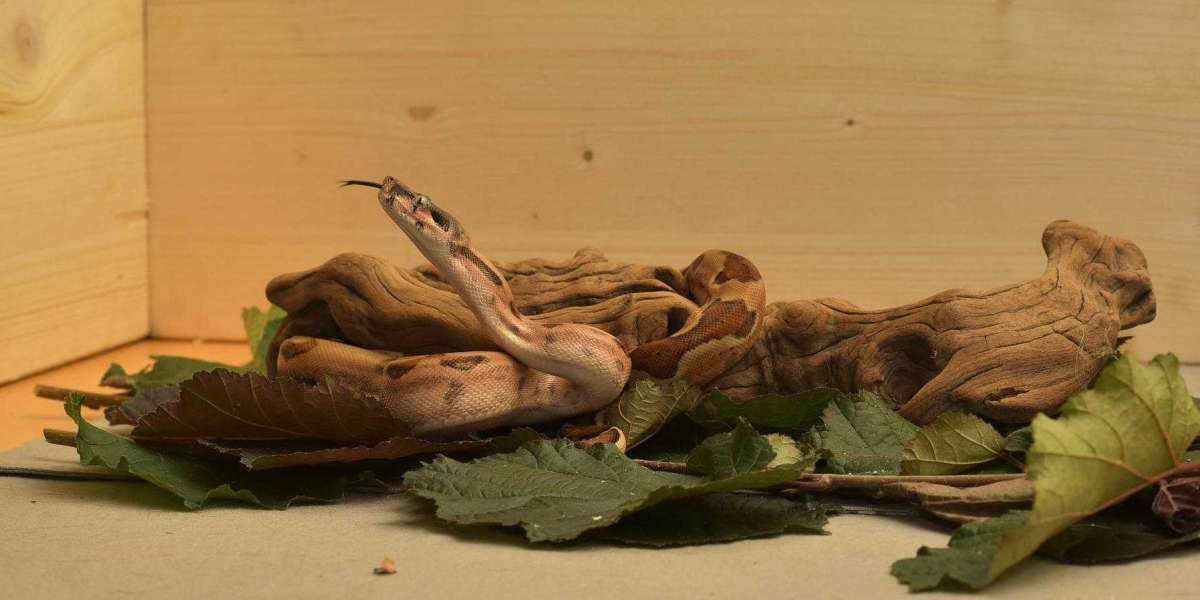While recent years have seen a surge in the exotic pet trade across the United States, few are willing to speak of the hidden dangers for both the animals and their human owners. Among the most misunderstood of exotic pets are large constrictor snakes, which remain popular despite their sometimes fearsome reputation. The most popular in the companion animal trade include Burmese and Reticulated pythons, as well as other boas and python species that do not grow as large as these two - between fifteen and eighteen feet when mature!
To begin with, most prospective snake owners are not equipped with the experience nor space to handle such large snakes, which can live for more than twenty years and require secure, custom-built enclosures. These enclosures are not only prohibitively expensive, but require plenty of space to compensate for the mature length of many individuals. Such snakes also require specialized diets, which if not provided can result in an overweight, emaciated, or otherwise unhealthy animal. The design of both a secure environment and proper diet for the serpent is best done by an experienced herpetologist.
Secondly, ownership of such a large and powerful predator presents the rare but serious risk of an attack. Pythons may not be large enough to swallow humans mistaken for prey, but owners are vulnerable to the coils of constrictor snakes longer than seven to ten feet. These snakes kill their prey by wrapping themselves around their victim's bodies, and squeezing for periods of fifteen minutes or longer with ninety or more pounds of pressure per square inch. On an adult body, this would be equivalent to being pinned under a schoolbus balanced on the chest. Attacks by large constrictors on their owners are not an unknown phenomenon -- In 1993 and 1996, two teenage males were attacked and suffocated by their Burmese pythons.1
Finally, the popularity of pythons and other constrictors in recent years has lead to hundreds being released across the country, with some merging into wild breeding populations. This has occurred primarily in the Florida Everglades, where fugitive snakes have been removed by the dozens are present a threat to even the almighty alligator. In 2005, one python was found dead in the Everglades, having swallowed a six foot alligator.2 This serves as yet another example of human folly disrupting the intentional separation of species to avoid competition for particular environmental niches.
Before purchasing a "small" snake and later realizing the mistake made, research should be done on the species at hand to determine whether or not it can be properly provided for. The addition of any new animal to a household should be judged first by the needs of the animal and owner rather than the trivial desires of the latter.







